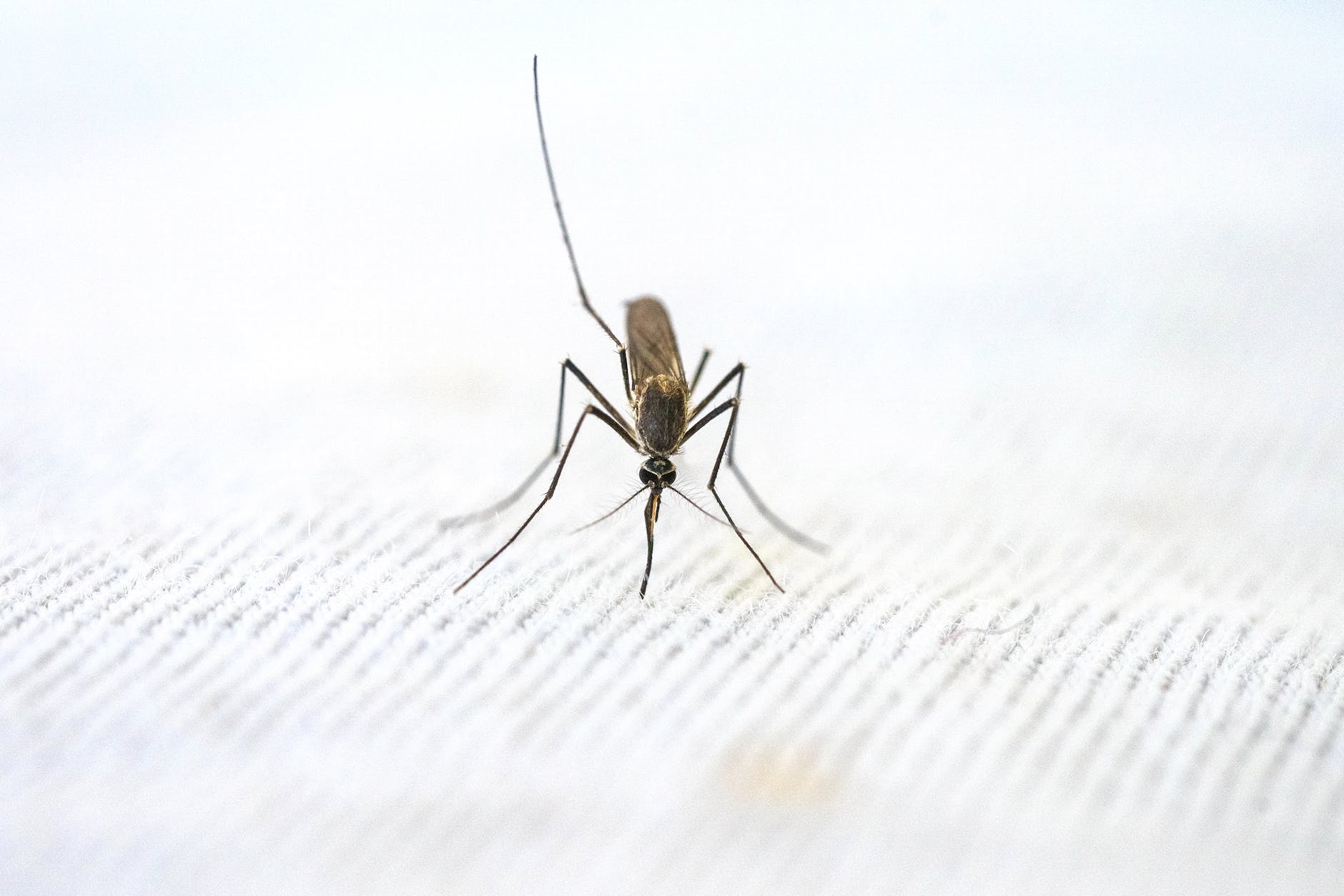We are at the beach! What a week! Tonight I watched William Hamilton from the Wellcome Sanger Institute in the UK speak at London Calling 2023 on “Nanopore sequencing for real-time genomic surveillance of Plasmodium falciparum.” They are applying Nanopore sequencing to surveillance of malaria, assay development in Ghana, and training. Hamilton described malaria as the single-cell parasite transmitted by the female Anopheles mosquito with the greatest burden on African children. The life cycle of the parasites is complex, and the reproduction in red blood cells is cause of pathogenesis. Antimalarial resistance is a threat to malaria control, including artemisinin combination therapy resistance. Hamilton noted that checking for drug resistance of malaria is “tricky” because you have to often grow the organism. The RTS,S vaccine has been rolled out in Ghana, Malawi, an Kenya. In partnership with Dr. Lucas Amenga-Etego they developed a project to perform Nanopore amplicon sequencing for malaria genomic surveillance to describe the prevalence of antimalarial drug resistance markers and diversity in the vaccine antigen csp. Several mutations are now known, and a multiplex PCR assay is available. The multiplex PCR was tested with mock clinical samples diluted to 0.01%. Two sites were used to collect samples. DNA was extracted and used for multiplex PCR which was checked on a gel before sequencing on Oxford Nanopore Technologies (ONT) devices. Basecalling, alignment of reads against reference sequences, variant calling and quality control were performed with the nano-rave workflow. Sequencing was performed on a laptop with 11th generation Intel Core Processor i7 (8 core) and 32 Gb of RAM with the NVIDIA GeForce RTX 3080 with 16Gb of RAM, and 1 Tb M.2 Solid State Drive. The MinION Mk1B was used with kit 12 and R10.4 and now R10.4.1 flow cells. The workflow takes 18-20 minutes to run for batches of samples. Sample collection PCRs, and Nanopore sequencing & real-time analysis was done in 4-6 weeks. Coverage was 1,000x or higher for most amplicons. Interestingly, chloroquine resistance was lower presumably because of the shift in use.The vaccine csp consensus sequence was perfectly aligned. Variants found with a large Illumina survey and Nanopore were compared. Results suggest effective coverage and sequencing with Nanopore. Hamilton also spoke about the implementation of Nanopore training in Navrongo. Feedback from participants of the workshop suggested that they were inspired to use the technology for surveillance and malaria genomics research. Hamilton explained that there has been a huge increase in Nanopore sequencing in Africa. This session helped reveal the cross-utilization of Nanopore sequencing technologies for surveillance of several different pathogens.



